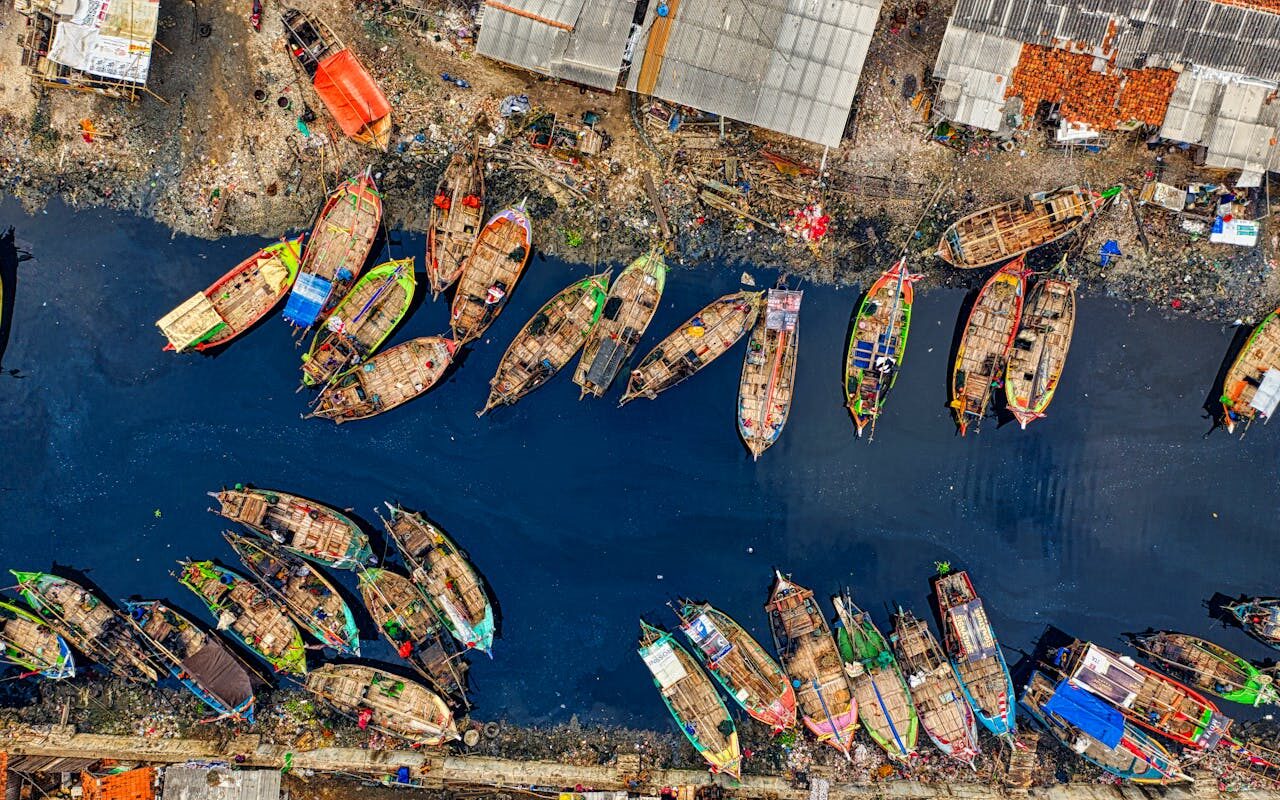Part I of the Assignee Experience | Pre-Arrival and Arrival
The Covid-19 pandemic has had far-reaching impacts on global mobility. Each step of the process to deliver an exceptional assignee experience has been altered to include a previously unimagined list of new requirements.
The realities of today carry more uncertainty and new challenges for assignees traveling to foreign countries. Conversations about arrivals don’t just focus on how to find the driver after immigration. They require substantial information of the location-specific protocols for health checks, testing, disclosures, and quarantine. Security briefings now also must include regulations in place to prevent the spread of Covid-19, and the sometimes severe penalties assignees face for breaking them.
All this comes at a time when assignees and families require more support than ever. In this series, we will walk through the destination services process to outline where we see issues and pain points, many of which can be avoided.
Pre-arrival
With the closed borders and delays in visa processing, the time from initiation of the service to the service delivery is lengthened. This altered timeline will not always present a challenge to all service lines involved in a relocation. An assignee may not contact a household goods mover every other day until the packers arrive, or spend an hour or two on the phone with a language trainer about the details on how their one-day training session will go. In the provision of Destination Services is different.
When assignees are waiting to arrive in-country, their mind is often filled with questions including will my child find a school or where will I live? Once introduced to their support team in the new country, they rightfully reach out with these questions. Their Destination Service provider is there to supply the insight and guidance one doesn’t have in a new, unfamiliar area. Under normal circumstances, or those circumstances we all lived under seven months ago, this time of Q&A was built into the program. It still is, however, the timing of the introduction to the Destination Consultant, of the time of arrival in-country and the home search or settling in service delivery has increased substantially from the intended timeframes involved in the original program design.
Complications to the timelines also occur during the flight booking process. Already, international flight schedules are limited. It makes sense to try and secure the assignee’s place on board, but doing so must take into consideration elements beyond take-off and landing dates and times. Pre-departure requirements are being put into place in several countries. Now, negative test results obtained within a precise timeline from the flight are a requirement to either board the plane or enter the country. These must all be coordinated with the entry permit application to reduce the risk of interruptions to the planned travel schedule. It is a tricky process as information is changing almost every single day, so a good practice will be to check for the most updated information prior to making any arrangements.
The global situation also requires more extensive support to guide assignees through stringent and sometimes changing arrival protocols. Many countries still have closed borders, and we are only learning when they reopen how they may enact the arrival protocols. These protocols include varying combinations of specifications for testing, insurance requirements, quarantine policies, and who bears the costs for them. Once these protocols are established, they remain subject to change with little or no notice.
 Arrival
Arrival
The new arrival process adds additional unknowns to the start of the assignment. The initial testing and confirmation process upon landing in the host country can sometimes take 1 – 2 days, during which an assignee and family typically must remain at the testing facility.
As of this writing, most countries are implementing a 14-day quarantine. Depending on the country and the situation, quarantine can be mandated at a government facility or could take place at home, temporary accommodation or hotel. Sometimes, the location of quarantine is decided by the official based upon local factors of importance, including family size and size of the apartment to be used in the quarantine. In other situations, if one family member tests positive, the family can be separated from the positive-test members sent to a medical facility while the negative-test results members assigned to a quarantine facility.
Ideally, any mandated quarantine would take place at the temporary housing. Unfortunately, that is not possible in all situations. Assignees do not always get a chance to select where to quarantine, even if it isn’t mandated to a government facility. Many locations have licensed or permit requirements for housing to qualify as a quarantine facility. Not all temporary accommodation properties are appropriately certified for this, and some will not allow a quarantine based upon property rules alone. In cases where the temporary housing has been identified more than two weeks prior, it is best to check again on the suitability of the location and make changes where and if necessary.
In Part II of our exploration of this topic, we will take a dive into the quarantine period and the delivery of destination services during that time.




